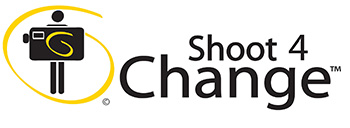SPY – Safe Place for Youth
-
0
-
0Shares
About 13,000 people on public assistance tumble into homelessness every month in Los Angeles County, according to a new study that experts say provides the clearest picture yet of extreme poverty in the region.
California was one of the hardest hit states in the country during the economic recession, suffering high unemployment and high job losses. There is a lag in rebound and the working poor and low-income individuals have been hit particularly hard, with the trifecta of unemployment, stagnant wages and a lack of affordable housing. According to the California Housing Partnership Report, April 2015 – California’s lowest-income households spend 2/3 of their income on housing, leaving little money for food, healthcare, transportation and other needs and 1.5 million low-income households -- half of them in Los Angeles and Orange counties and the Inland Empire -- do not have access to housing they can afford.
Youth homelessness has been on the rise in the US for the past several decades, yet there is a shortage of service providers catering specifically to
homeless youth. Most youth become homeless as a result of aging out of the foster care system, being forced out of their home by their parent/guardian, or fleeing to escape abuse. Homeless youth face a number of dangers on the streets, as well as obstacles in accessing services not experienced by adult homeless populations. Their age makes it difficult for them to earn money legally, causing many to exchanging sex for food, clothing, and shelter. Homeless youths’ desire to blend in with other youth, combined with their fear of being preyed upon by adult homeless, keeps them from accessing traditional adult homeless services. This creates a need for youth specific services.
Safe Place for Youth is a drop in center in Venice, its mission is to inspire, nurture, and empower the resilient human spirit of homeless youth by providing immediate and lasting solutions, one young person at a time. The program priorities low barriers for entry, harm-reduction, a trauma-informed approach, and the provision of a safe, supportive environment.
At SPY they work with youth to transition off the streets and into stable housing through three core areas of service: Drop-In Center, Street Outreach, and Case Management. Working with each individual youth to assist them to build resiliency, a stronger sense of self, and take back control over their daily lives, while maintaining awareness and respect for basic human rights. SPY incorporates best practice models that include a harm-reduction and trauma informed approach with low barriers to entry.
Here are some of the stories we were able to collect during a two day visit to the center:
-
0
-
0Shares


There are no comments
Add yours